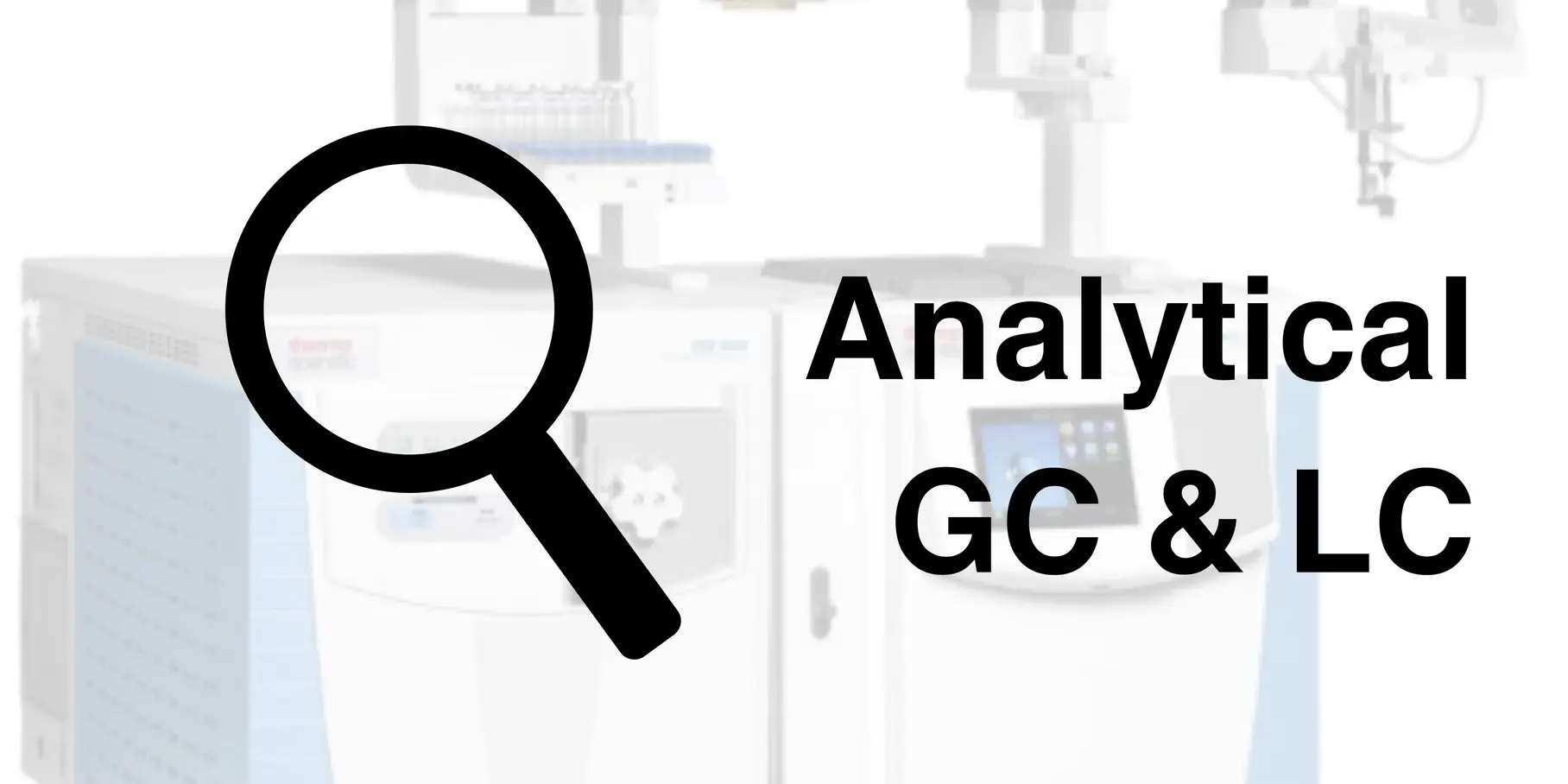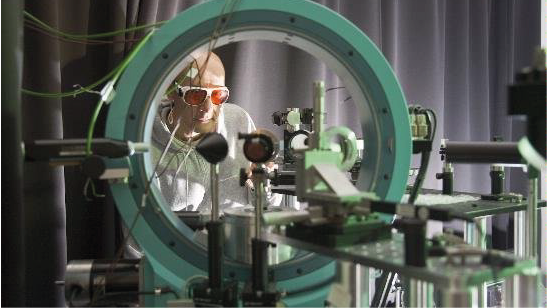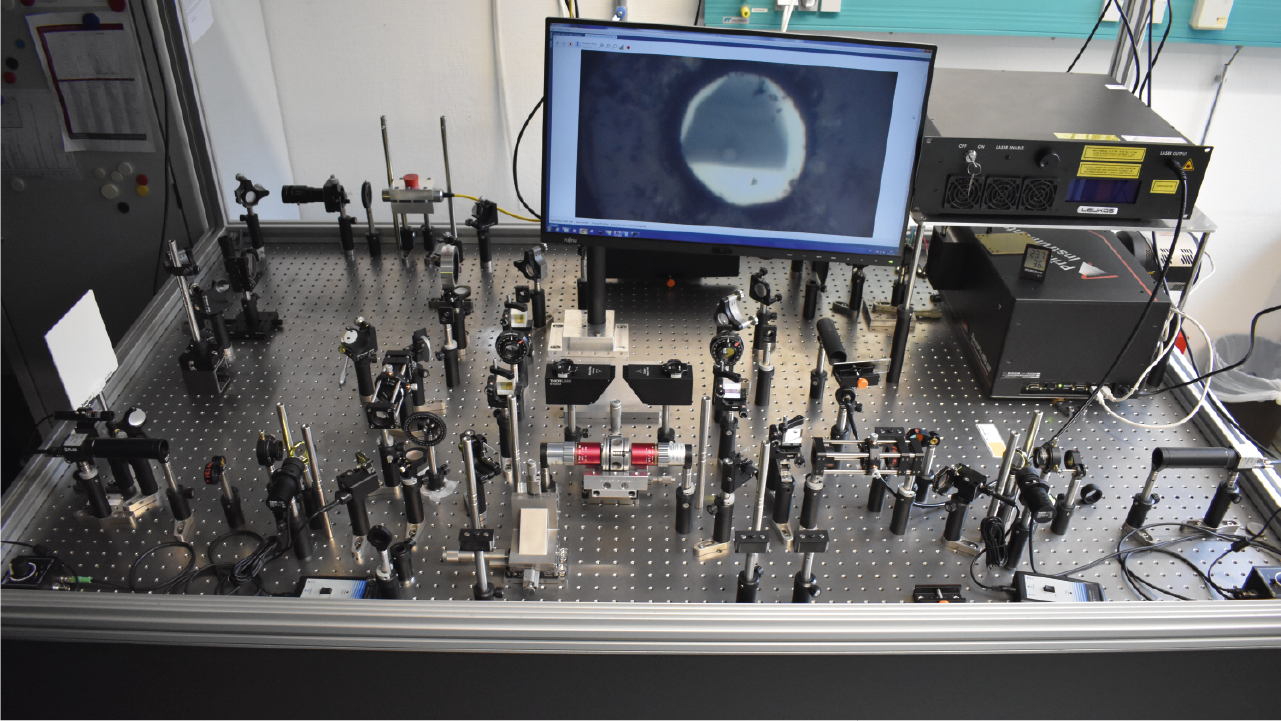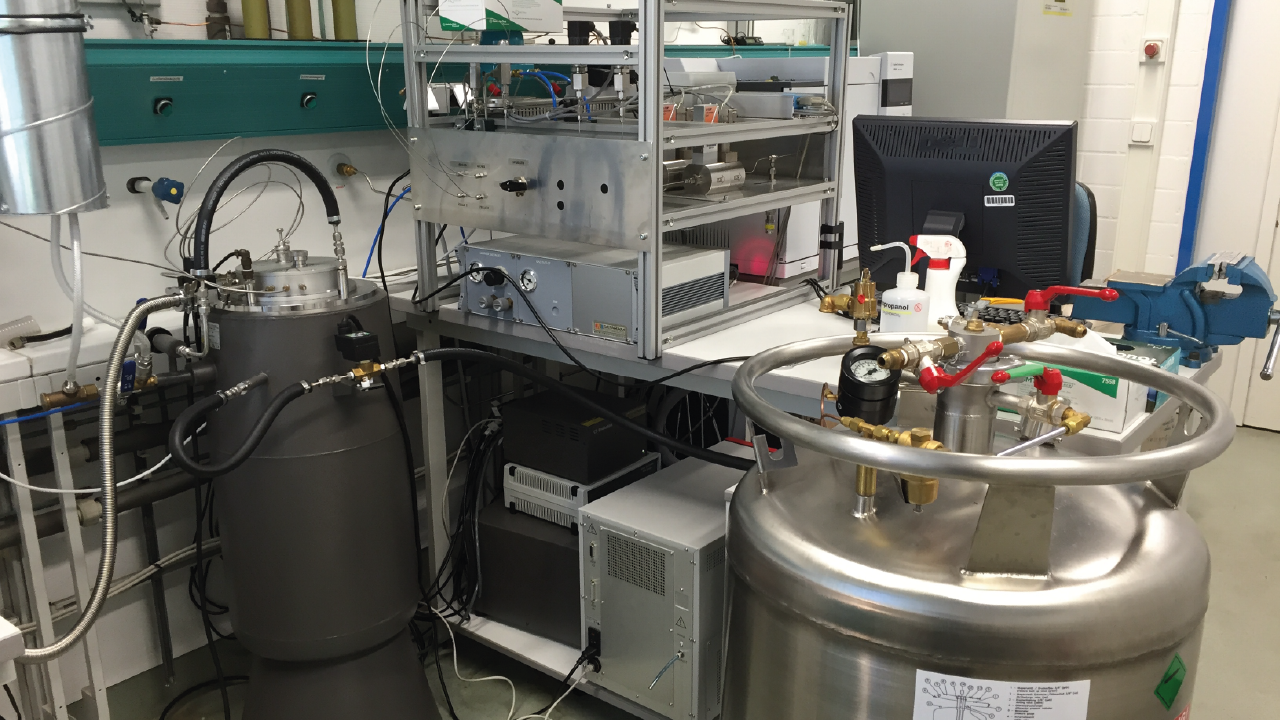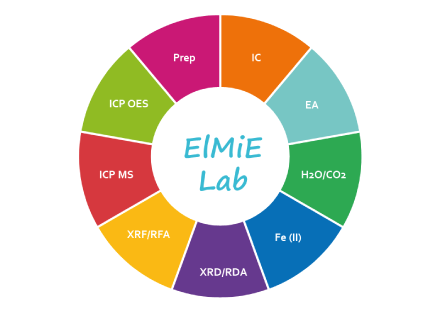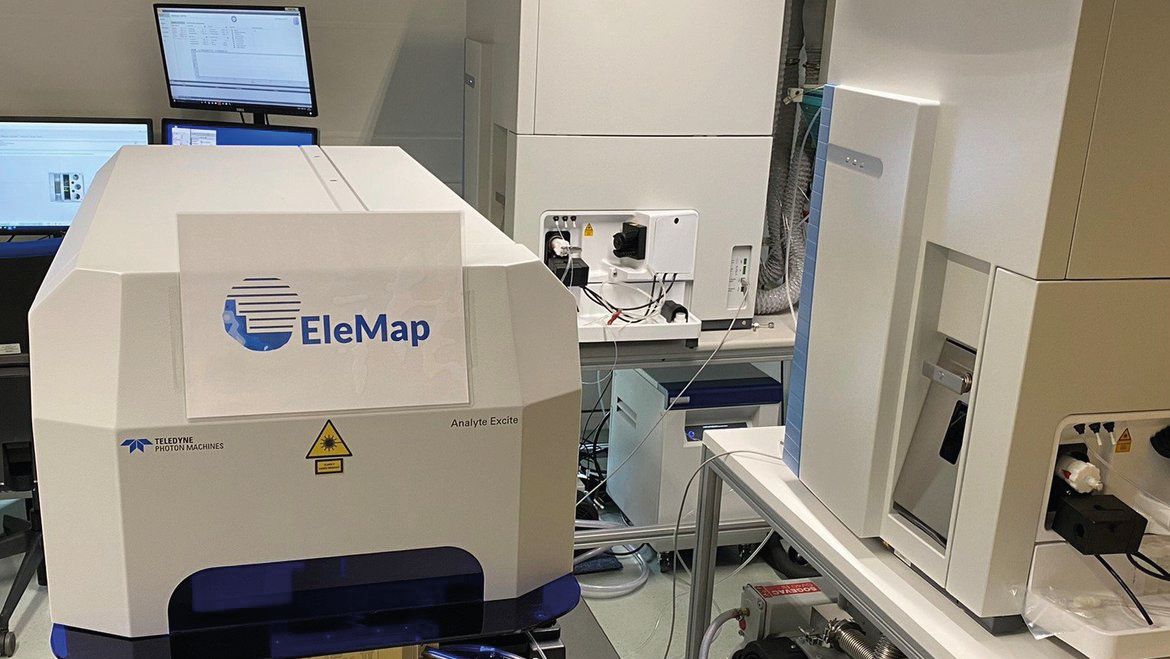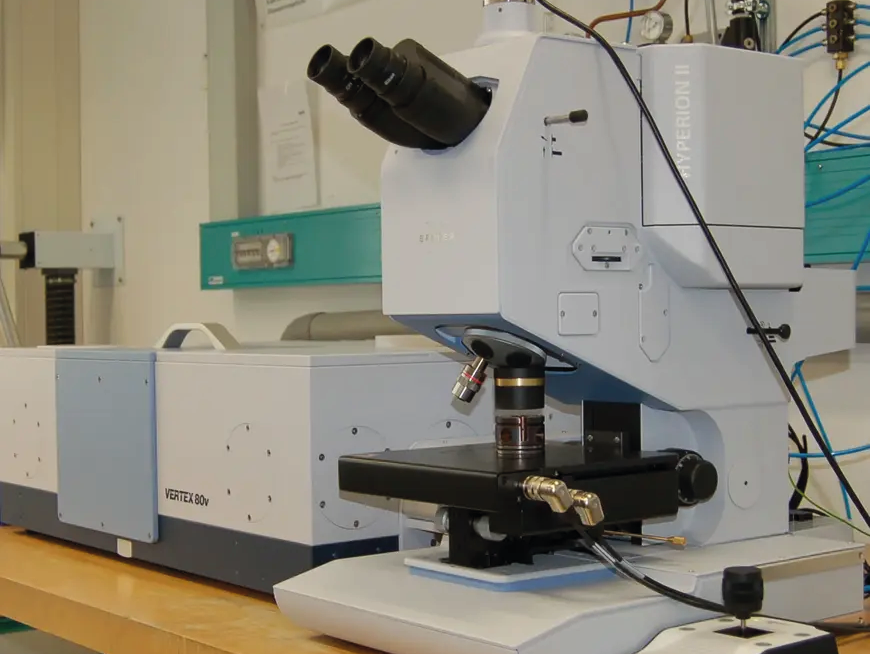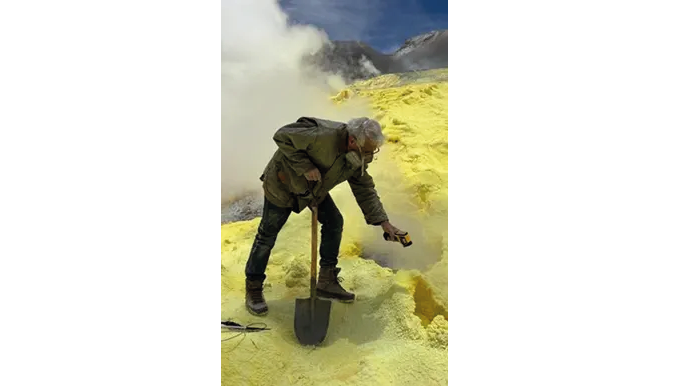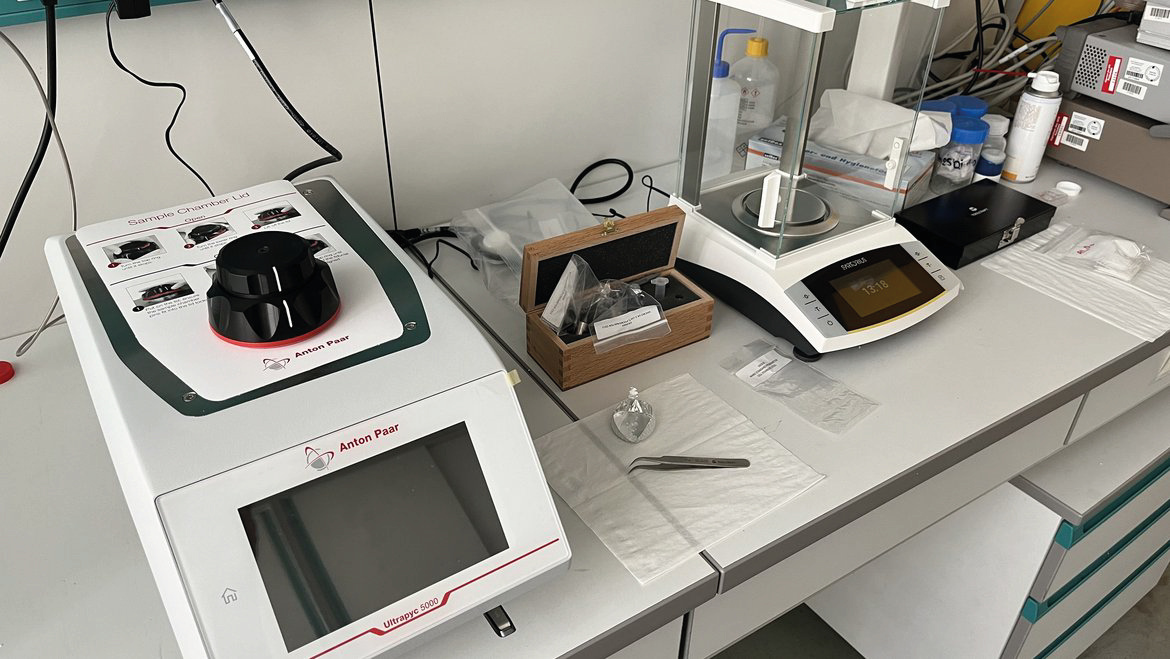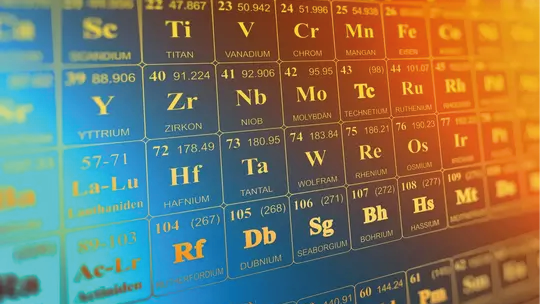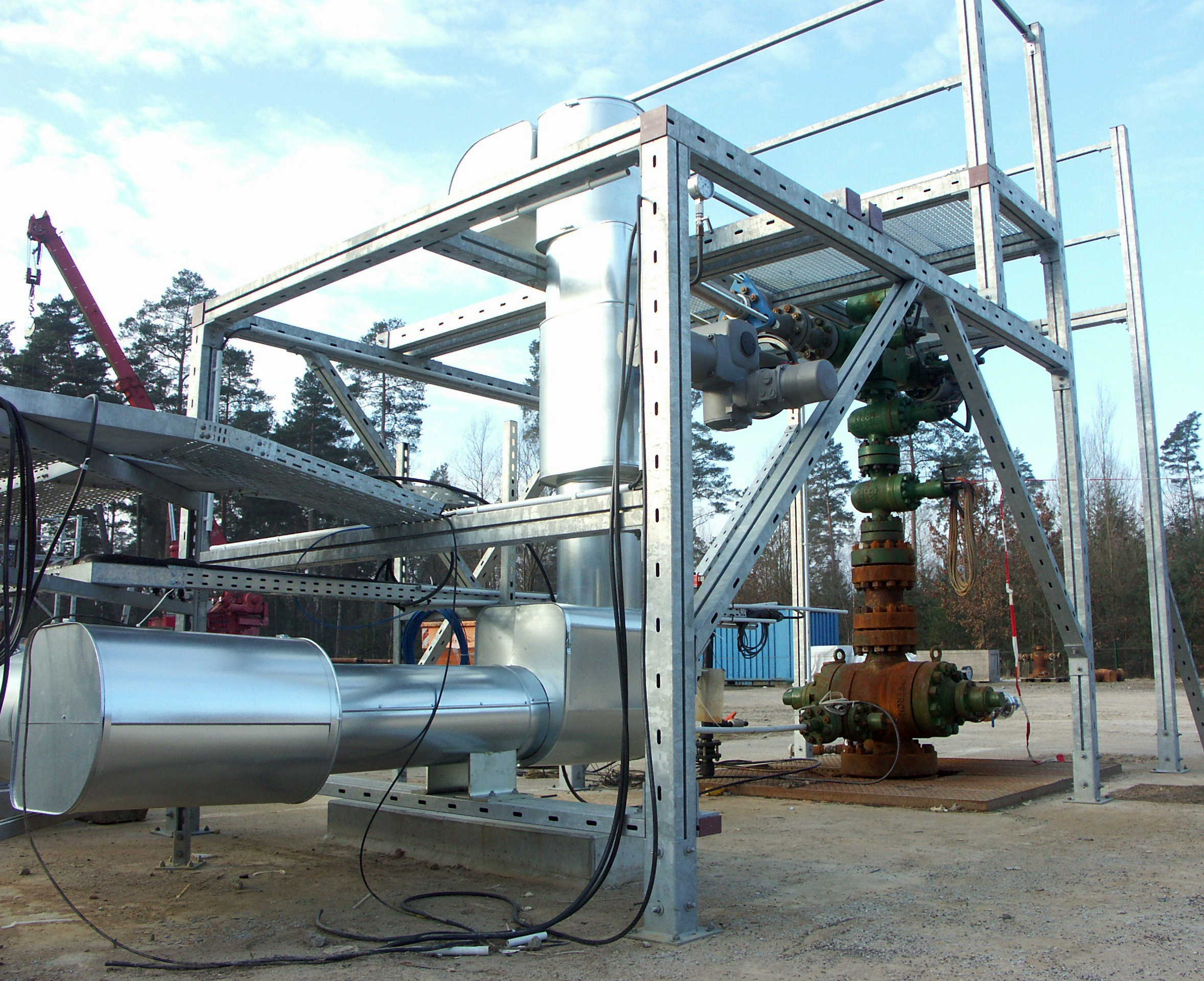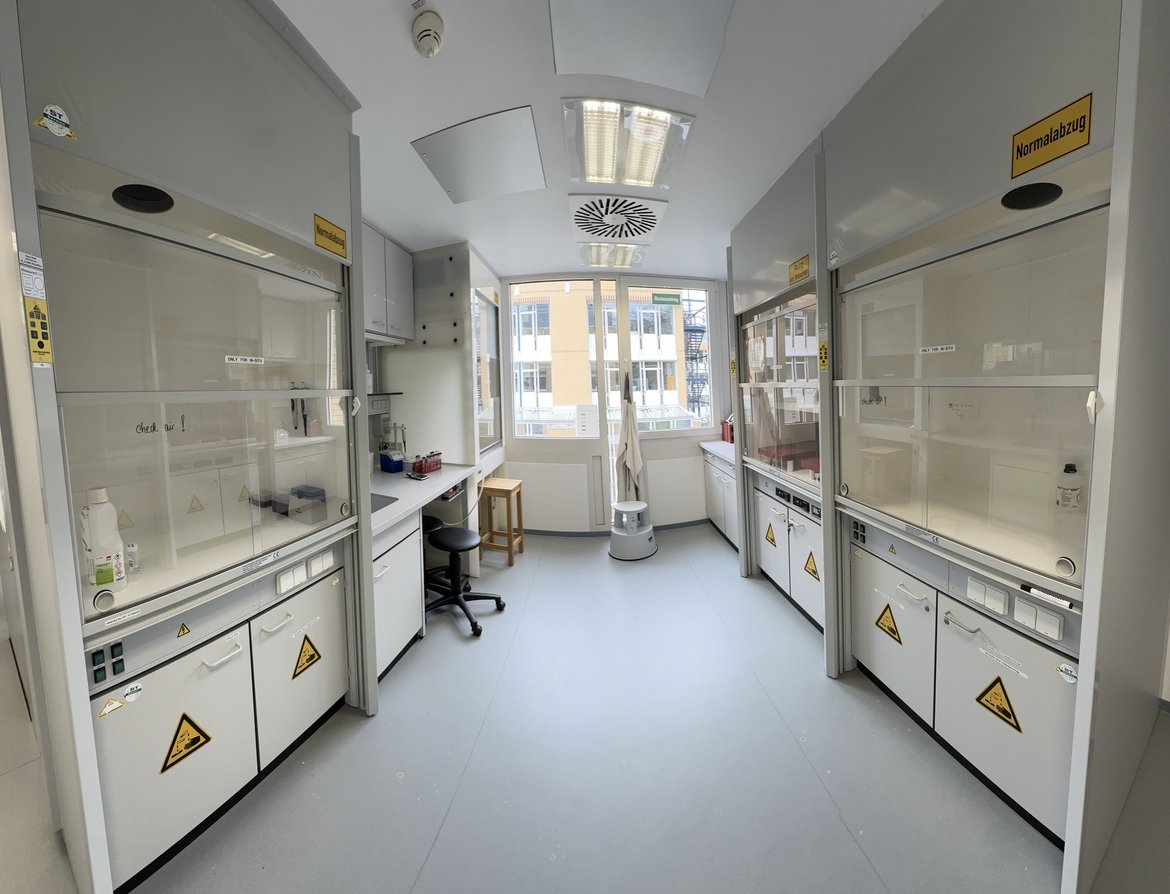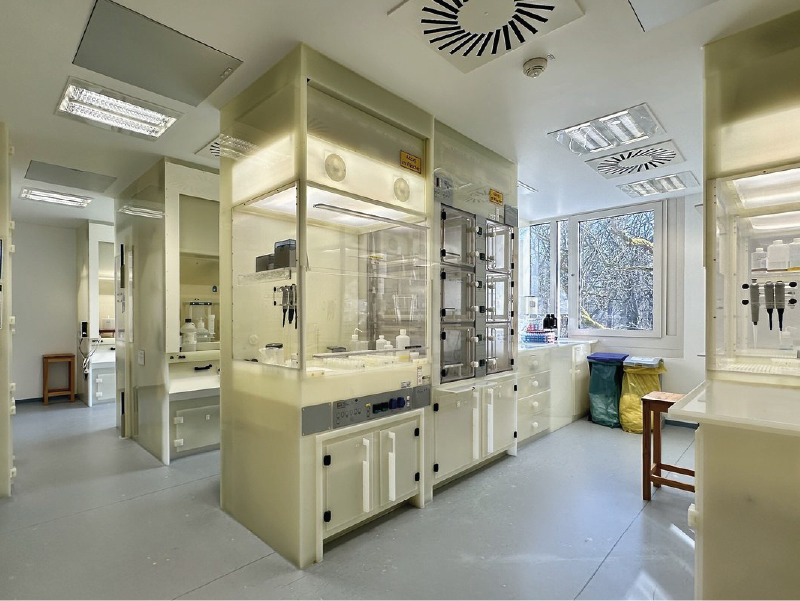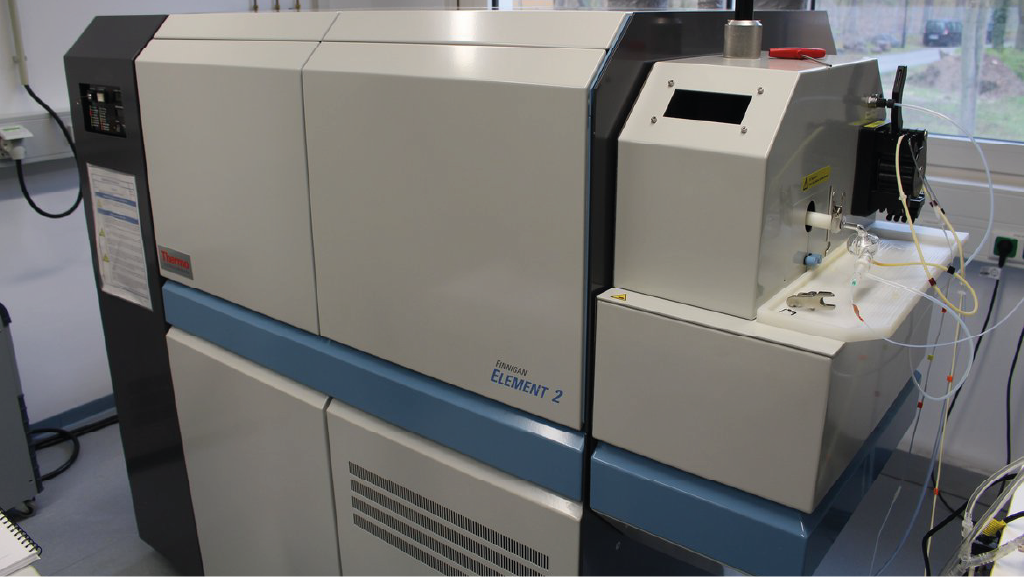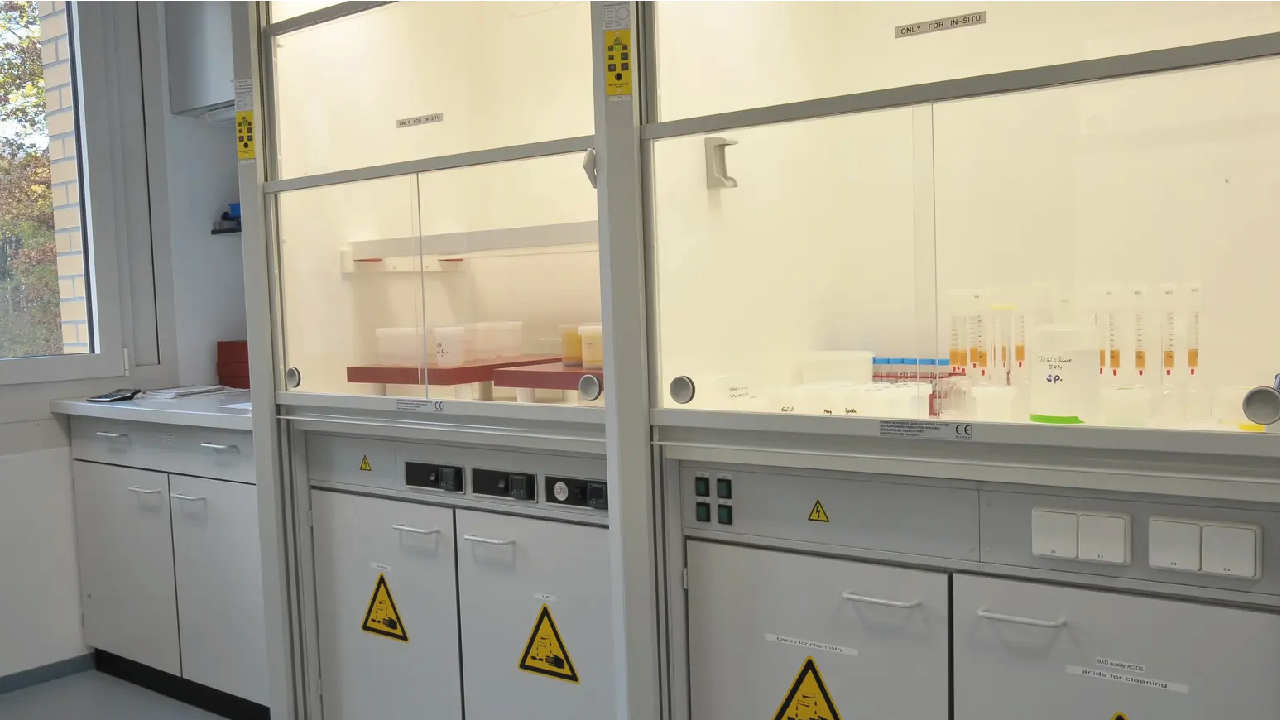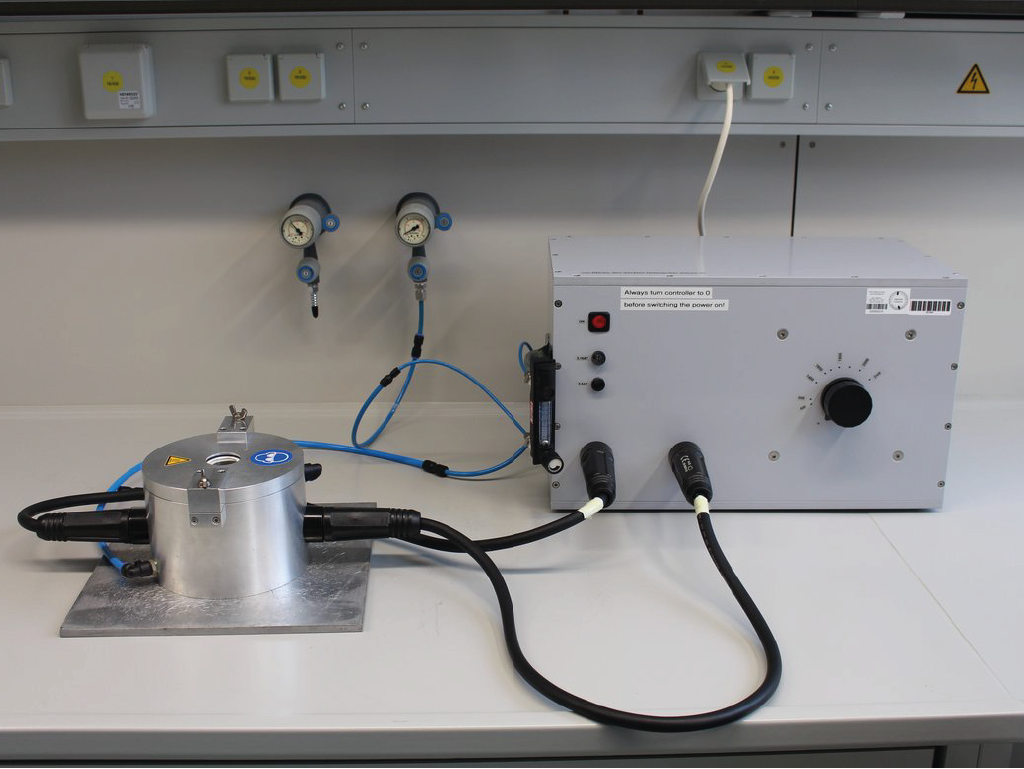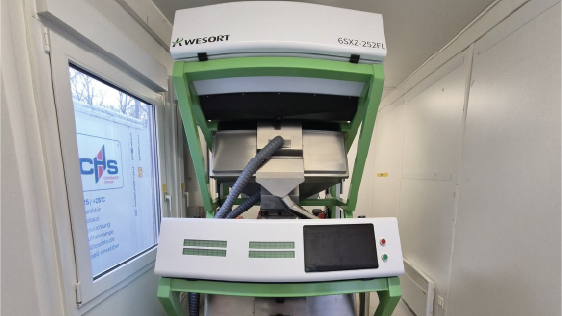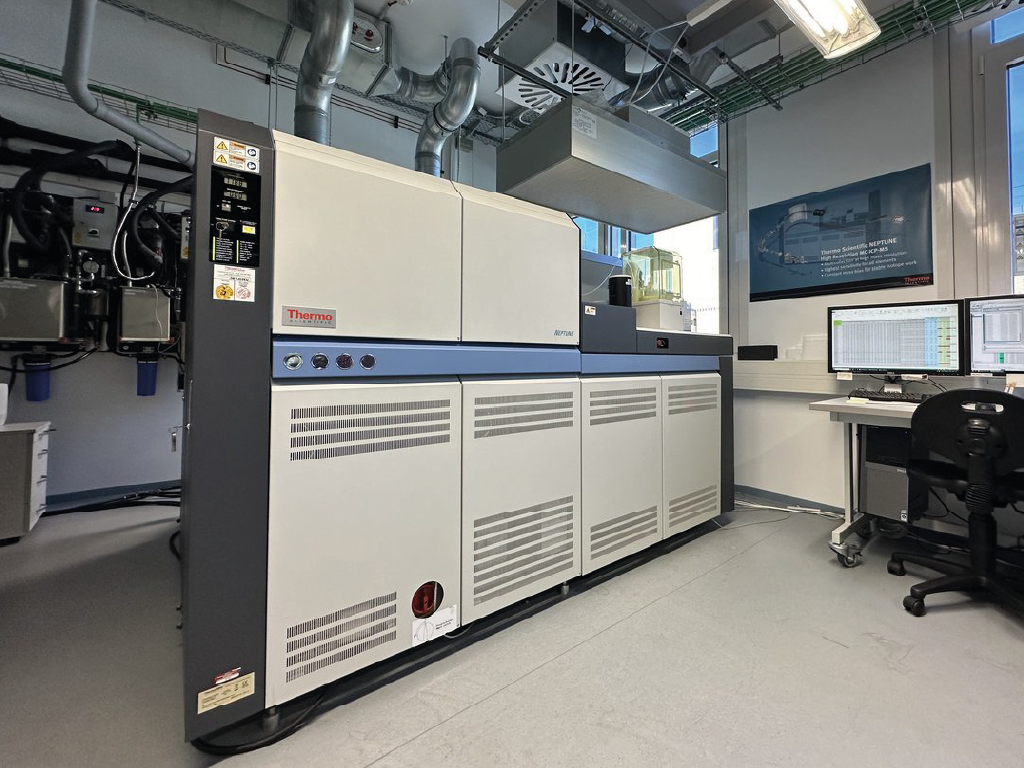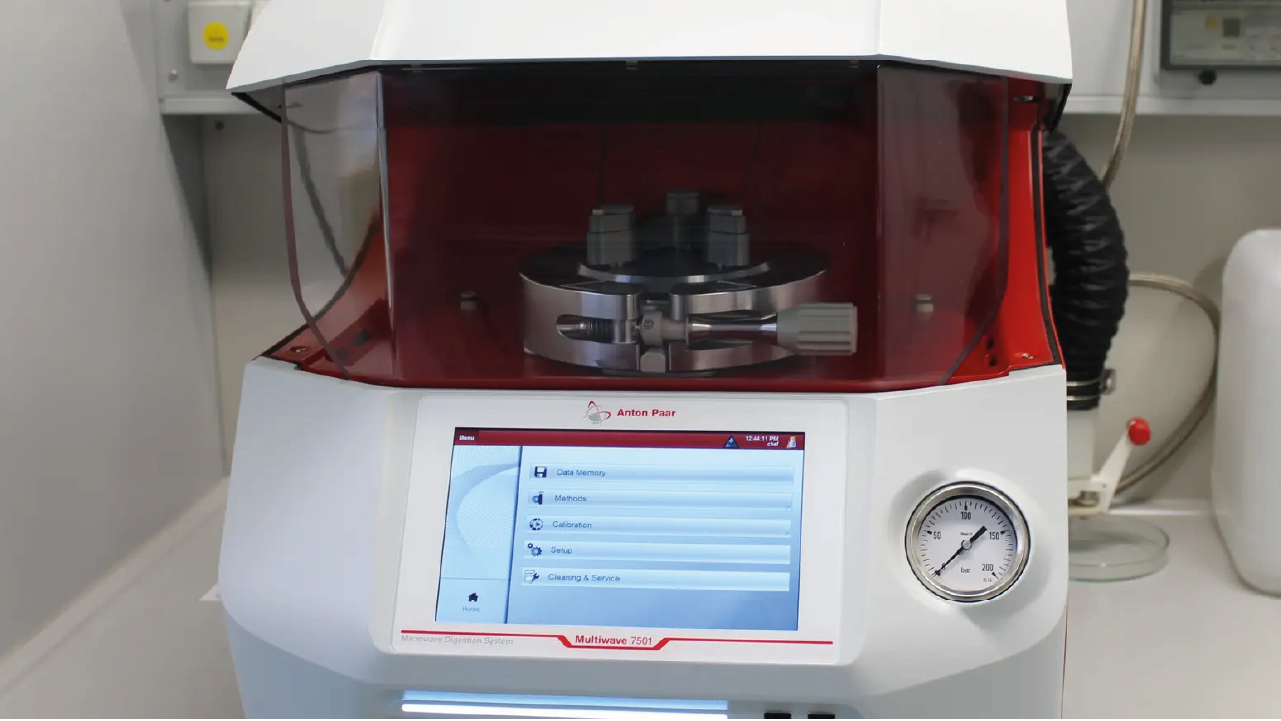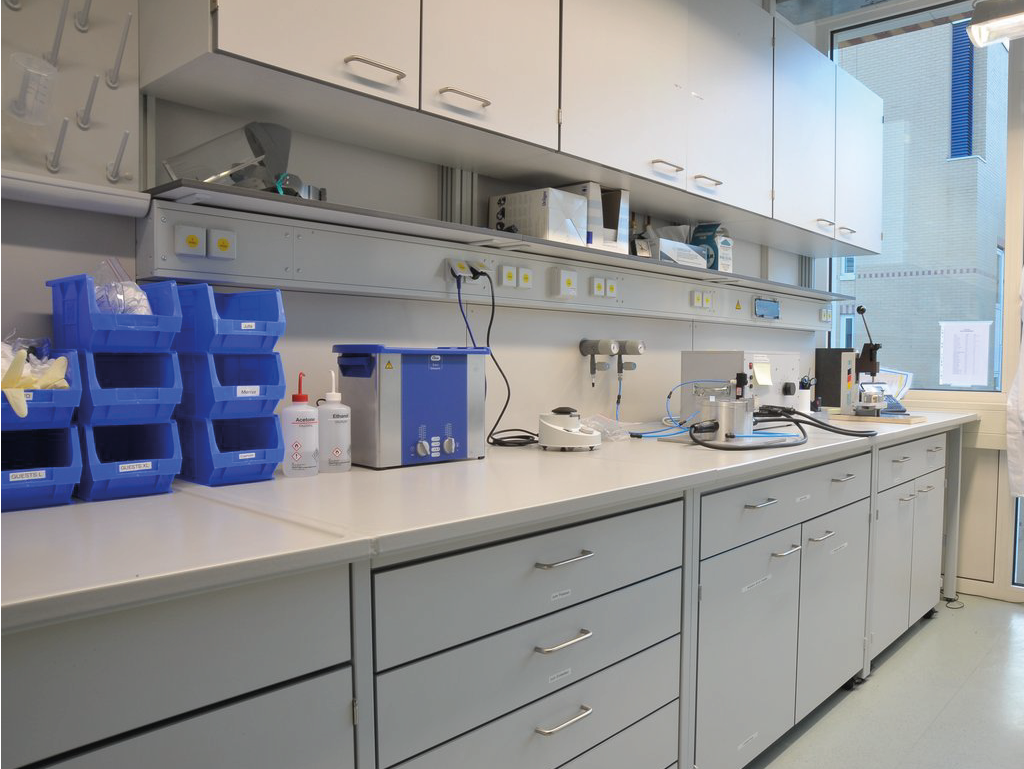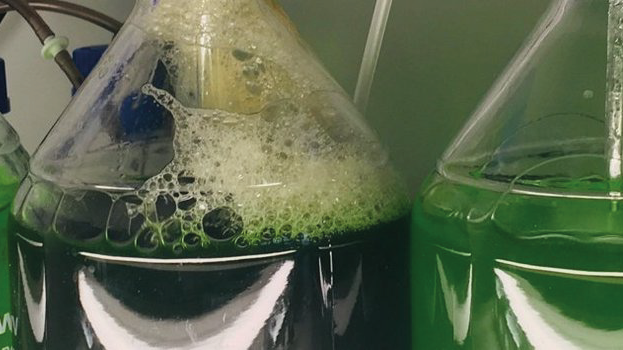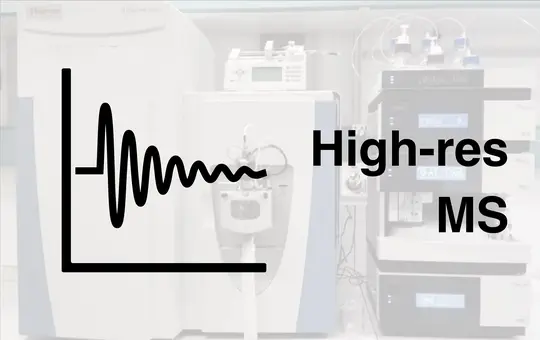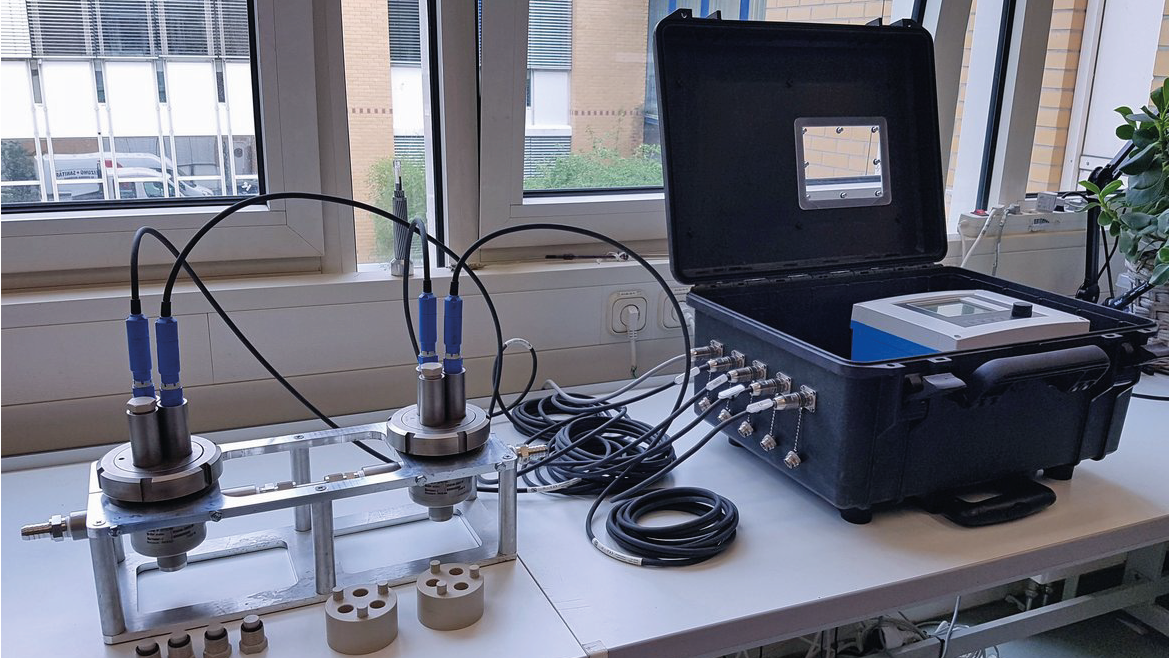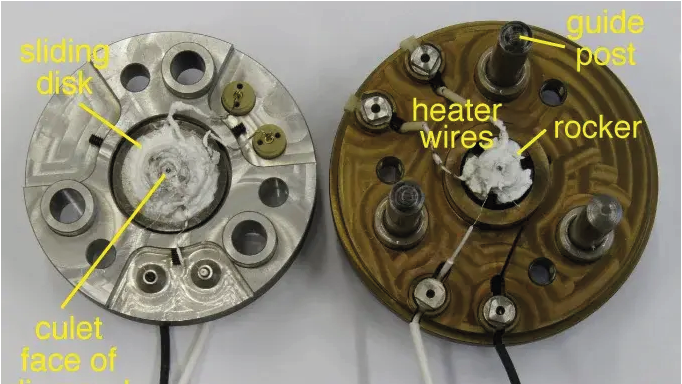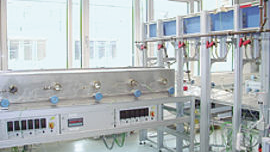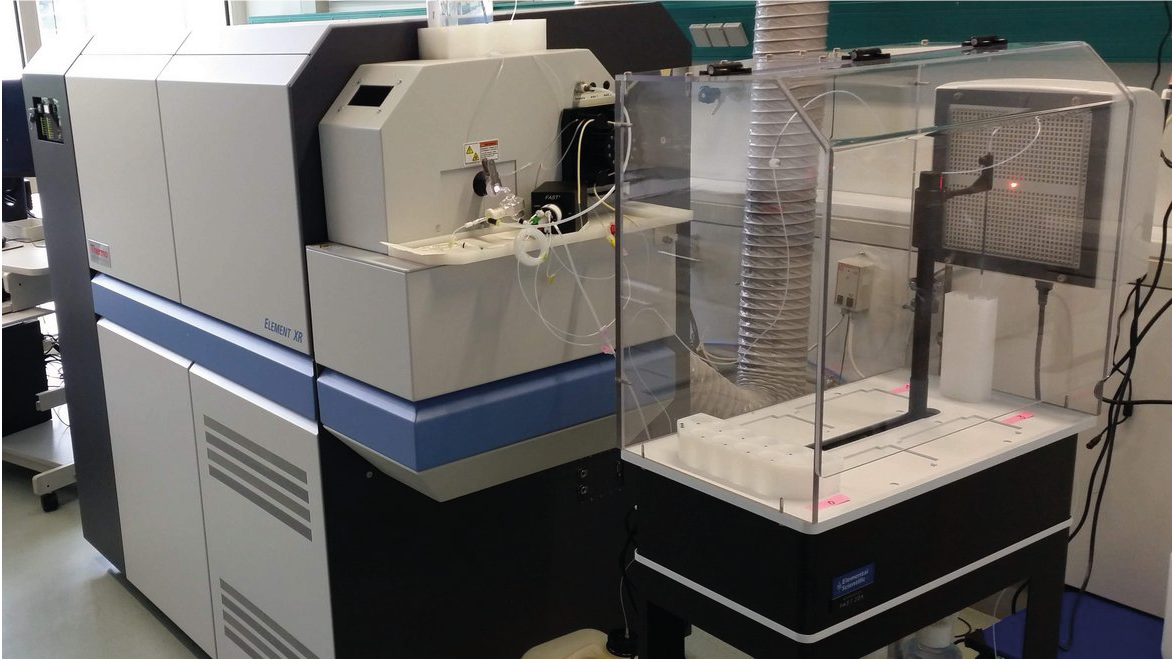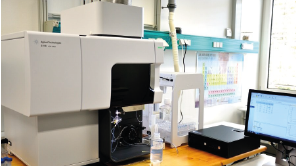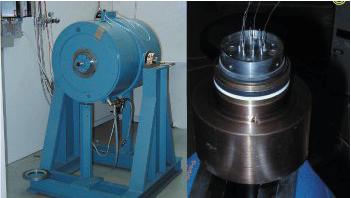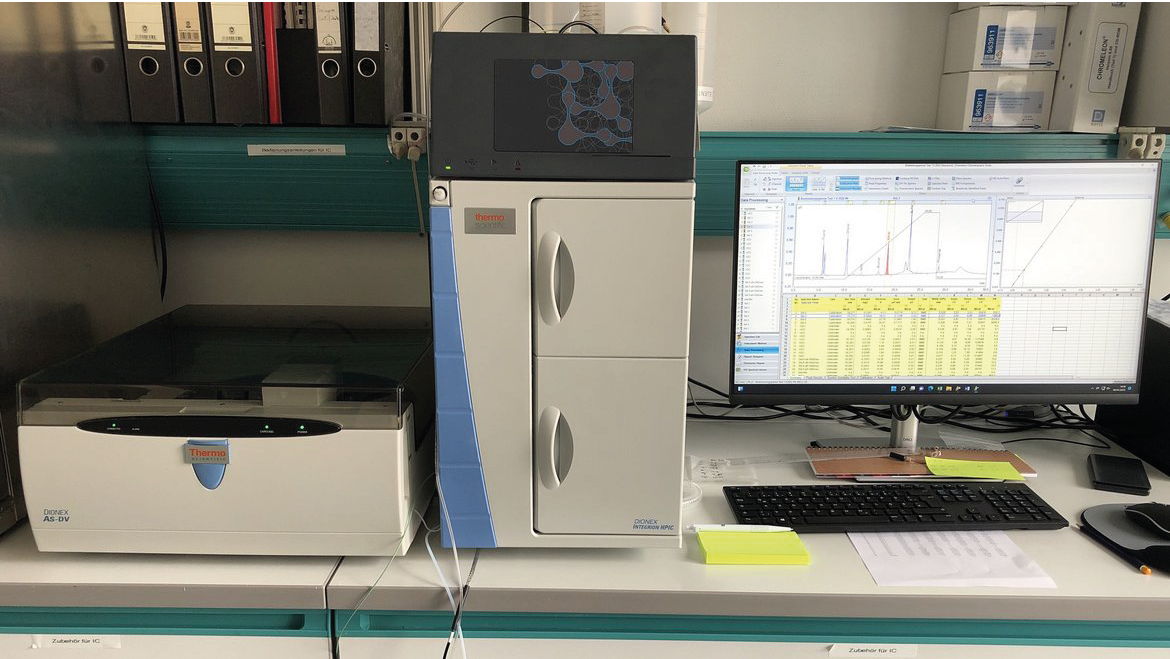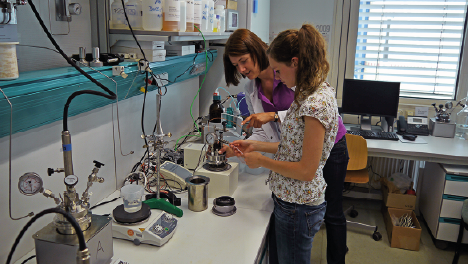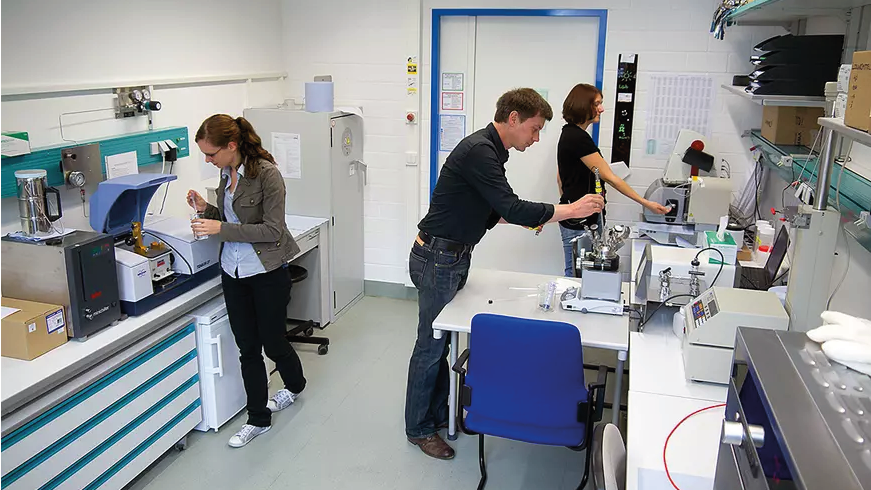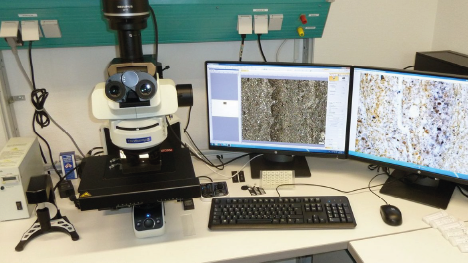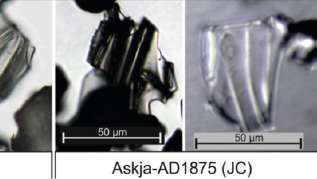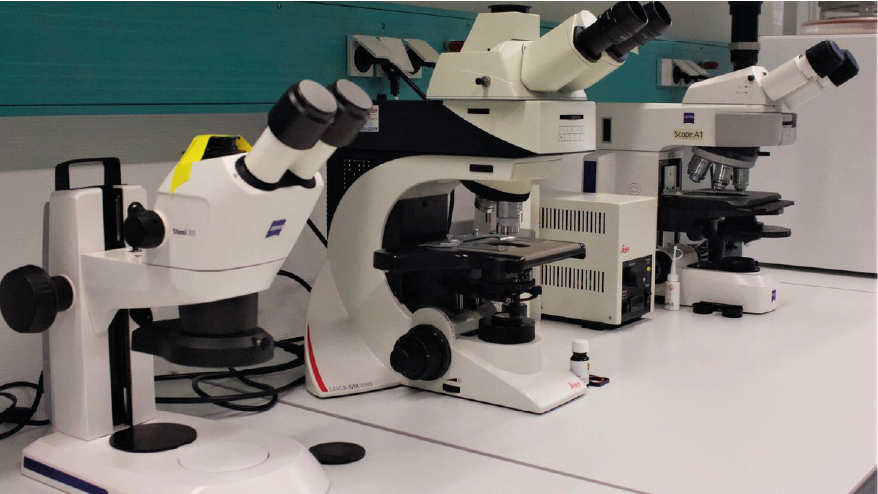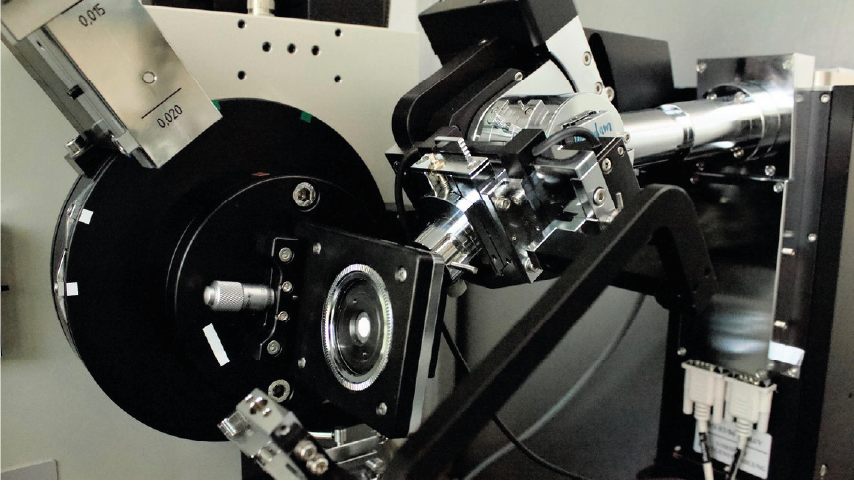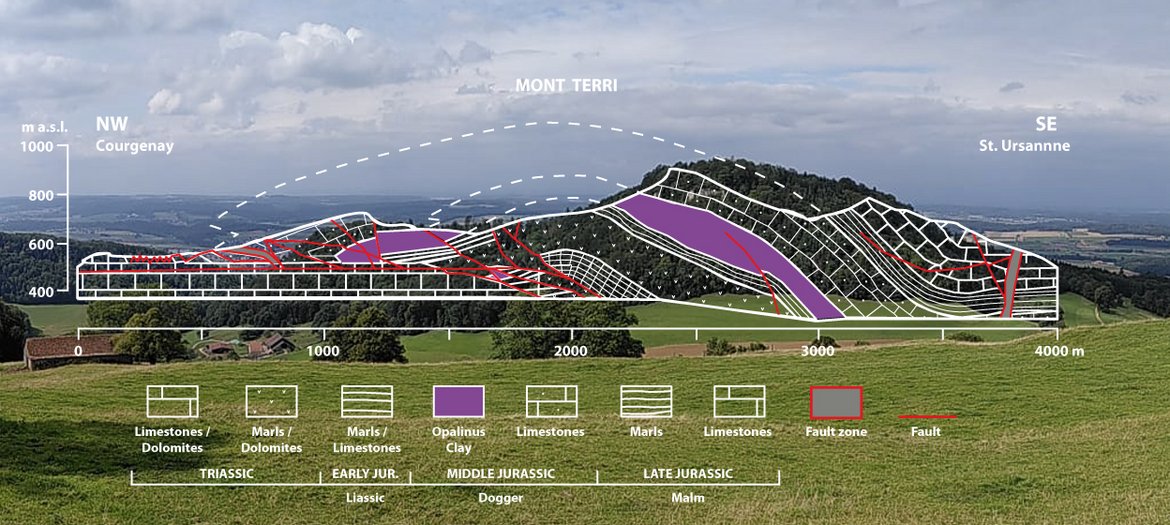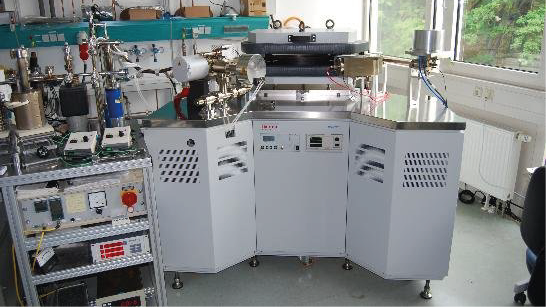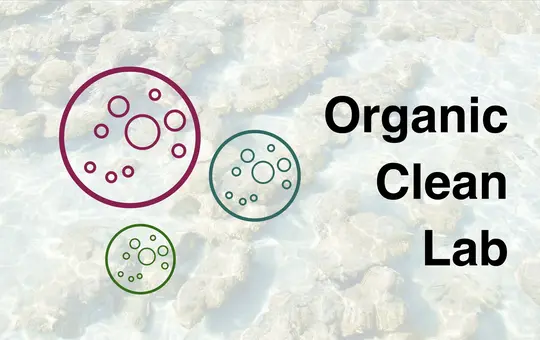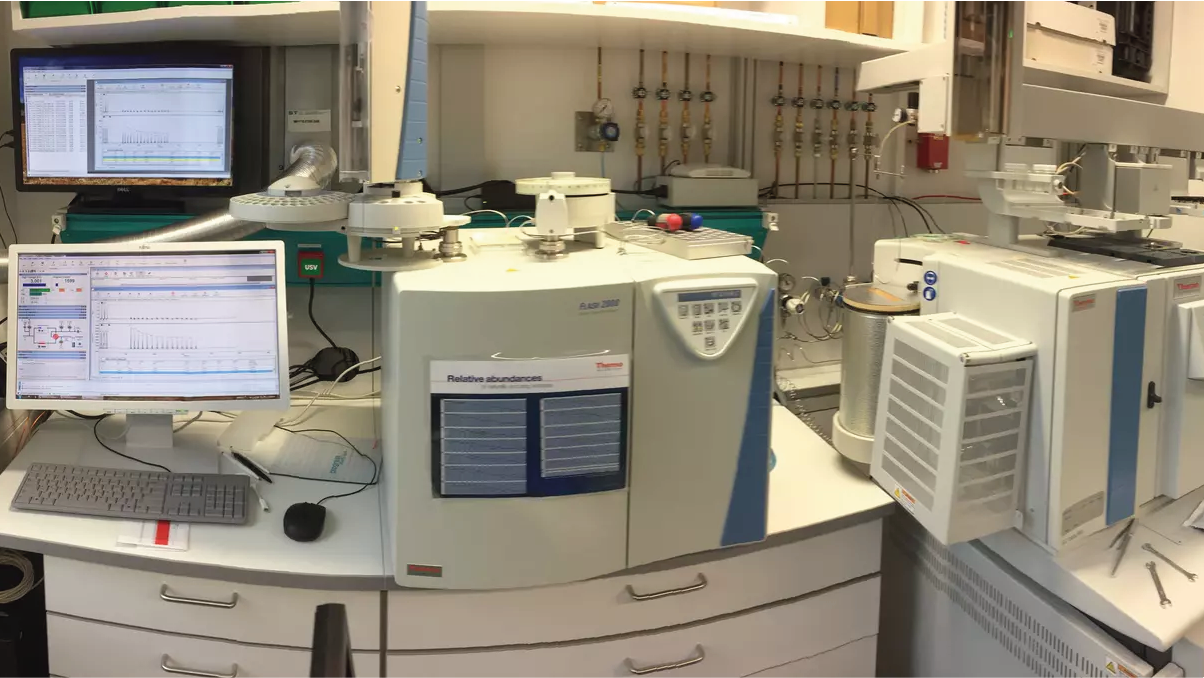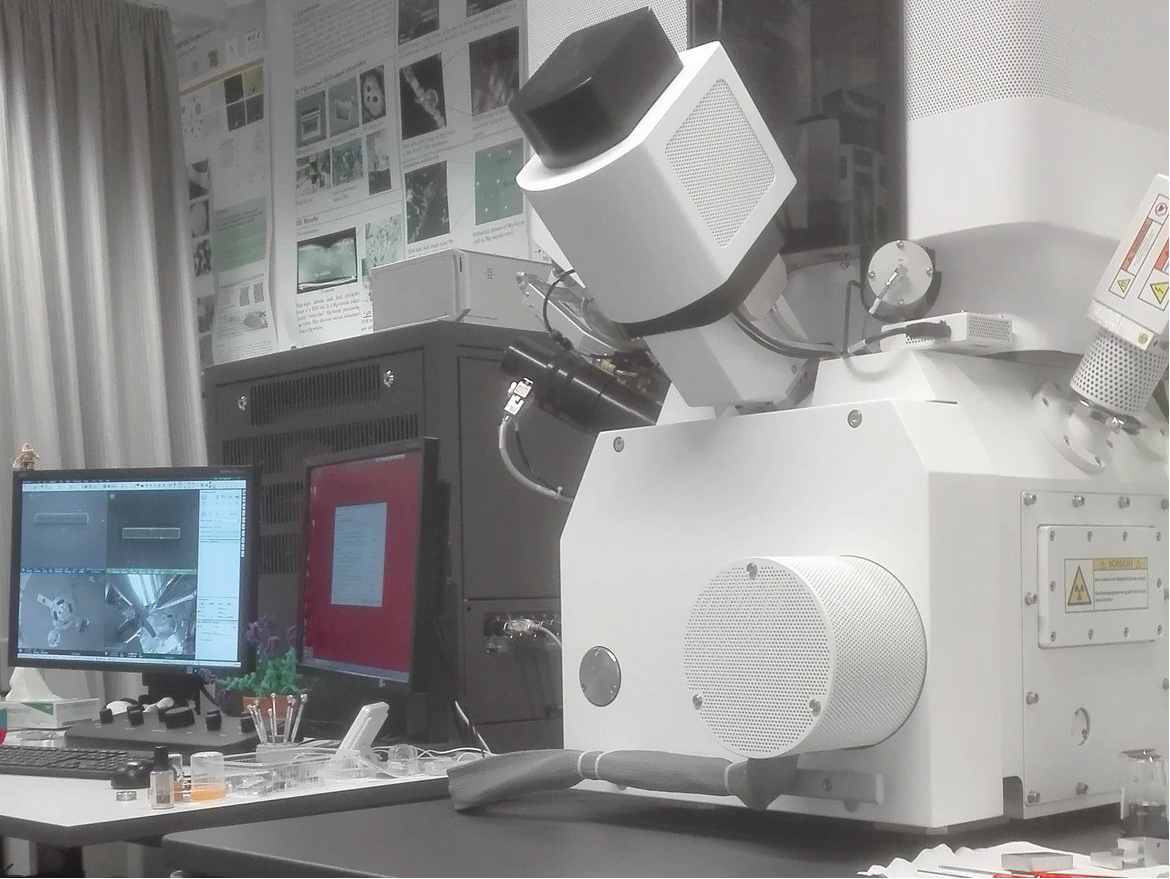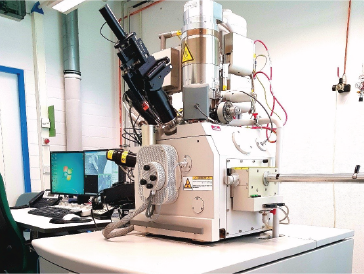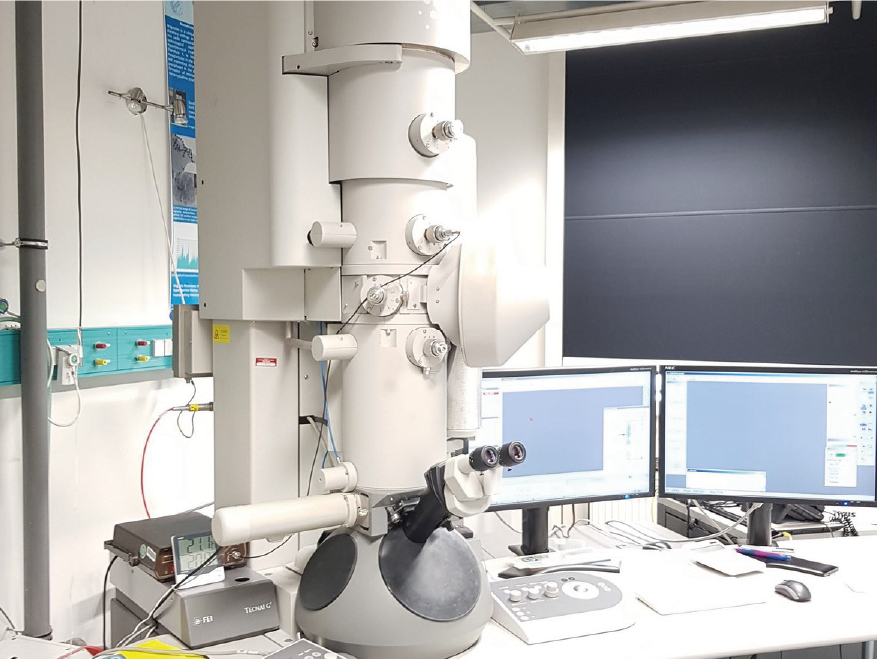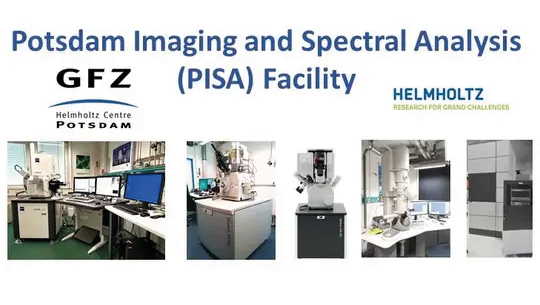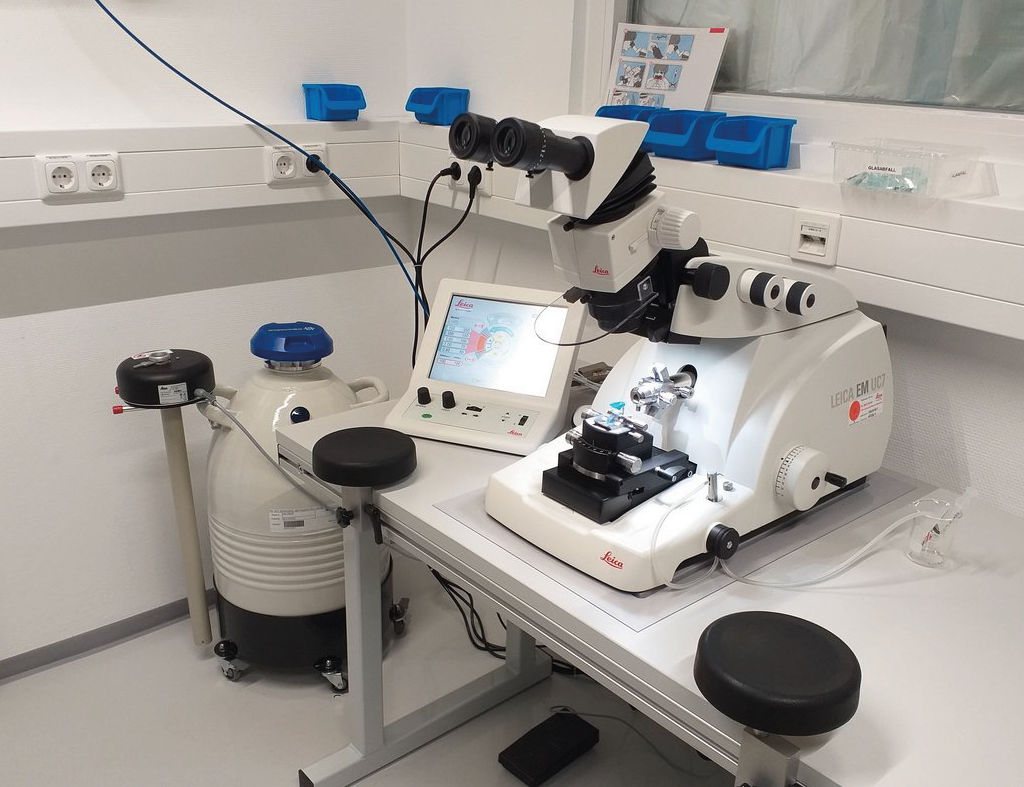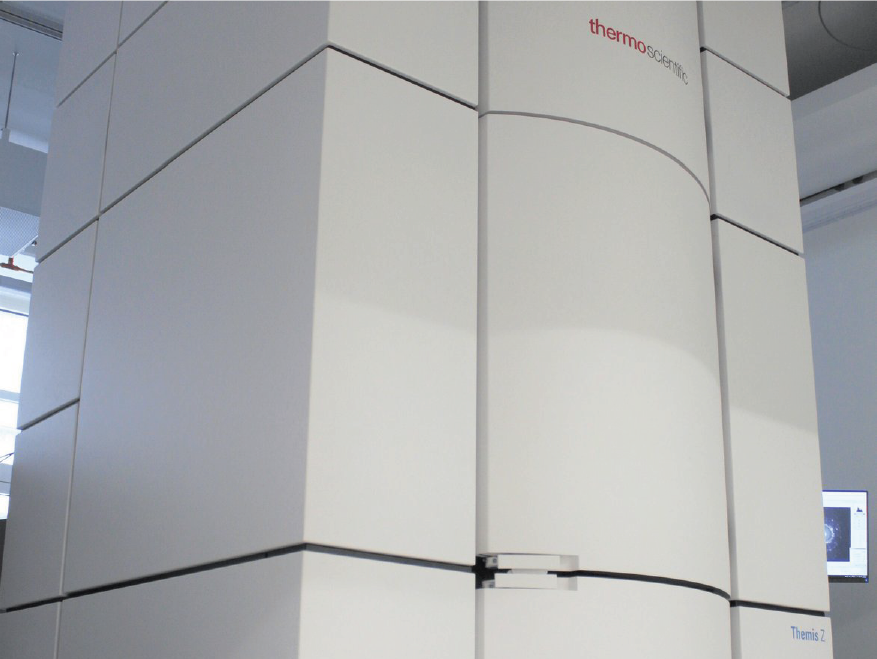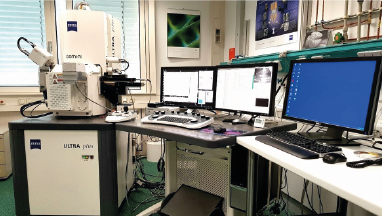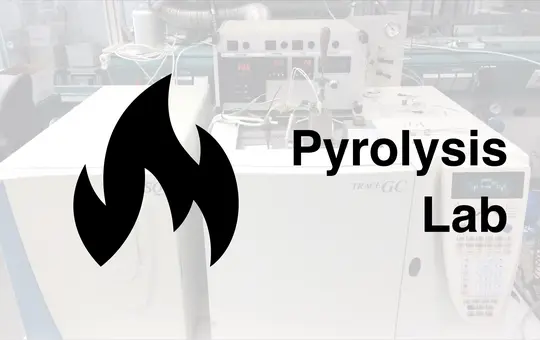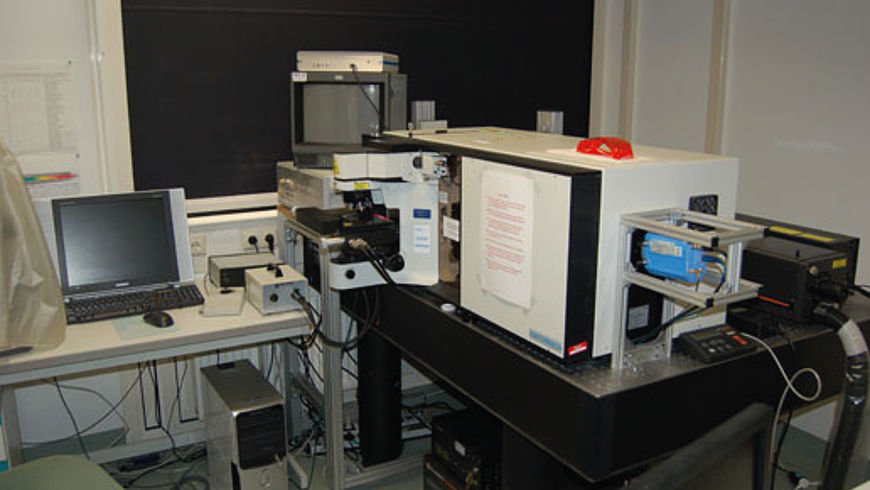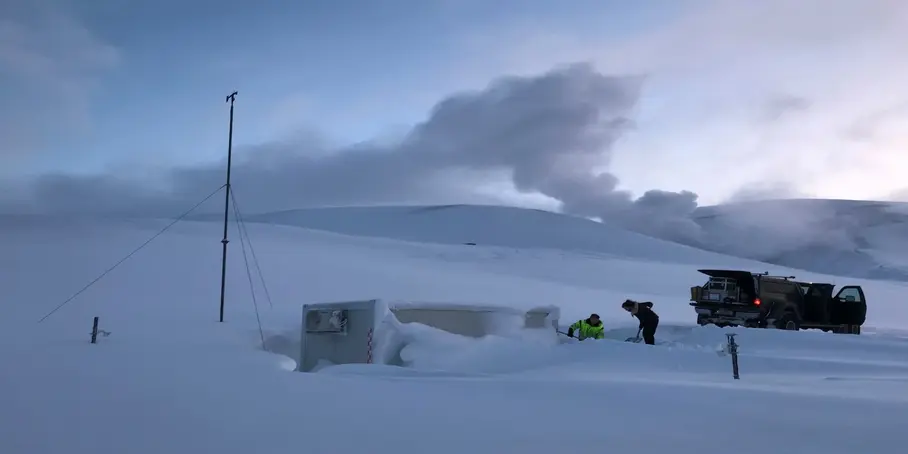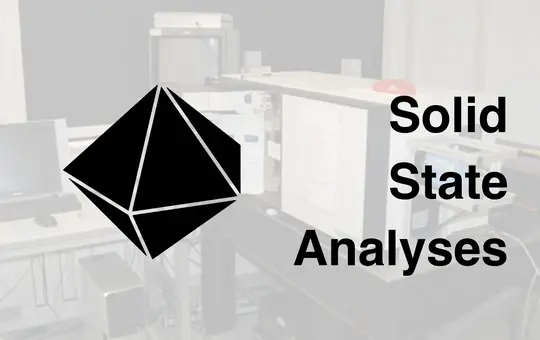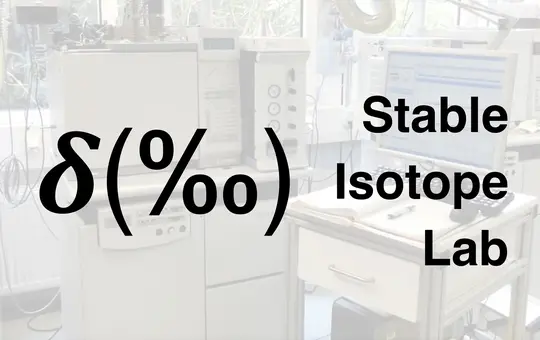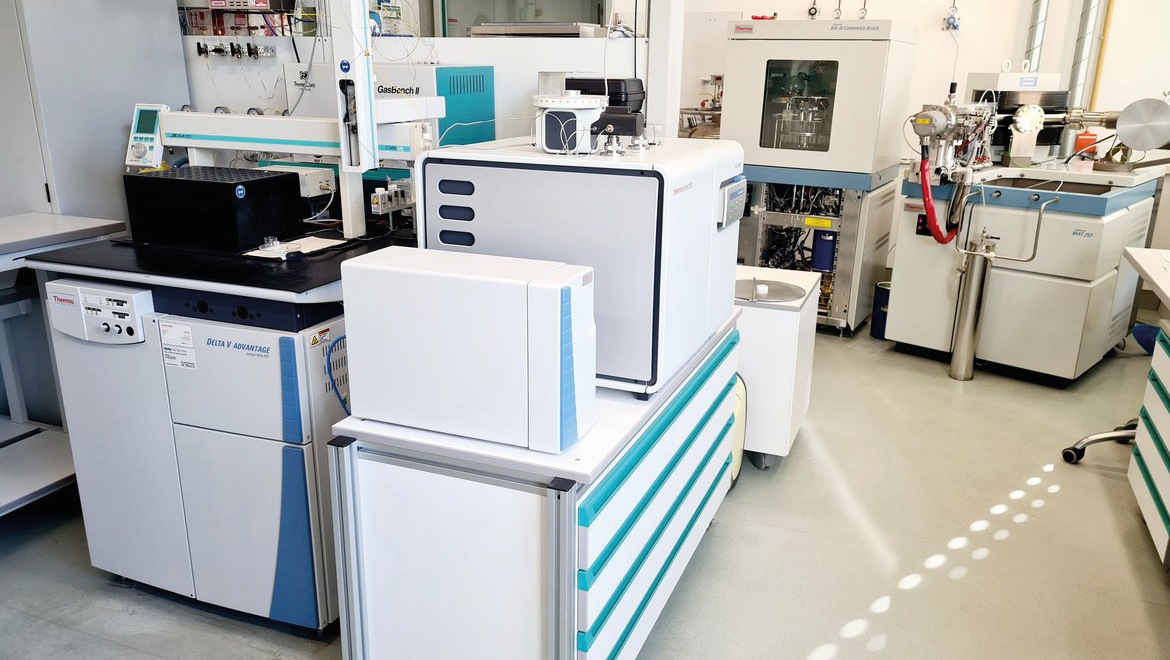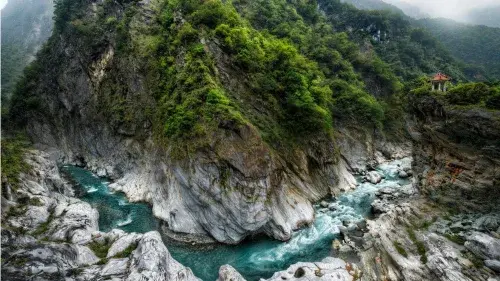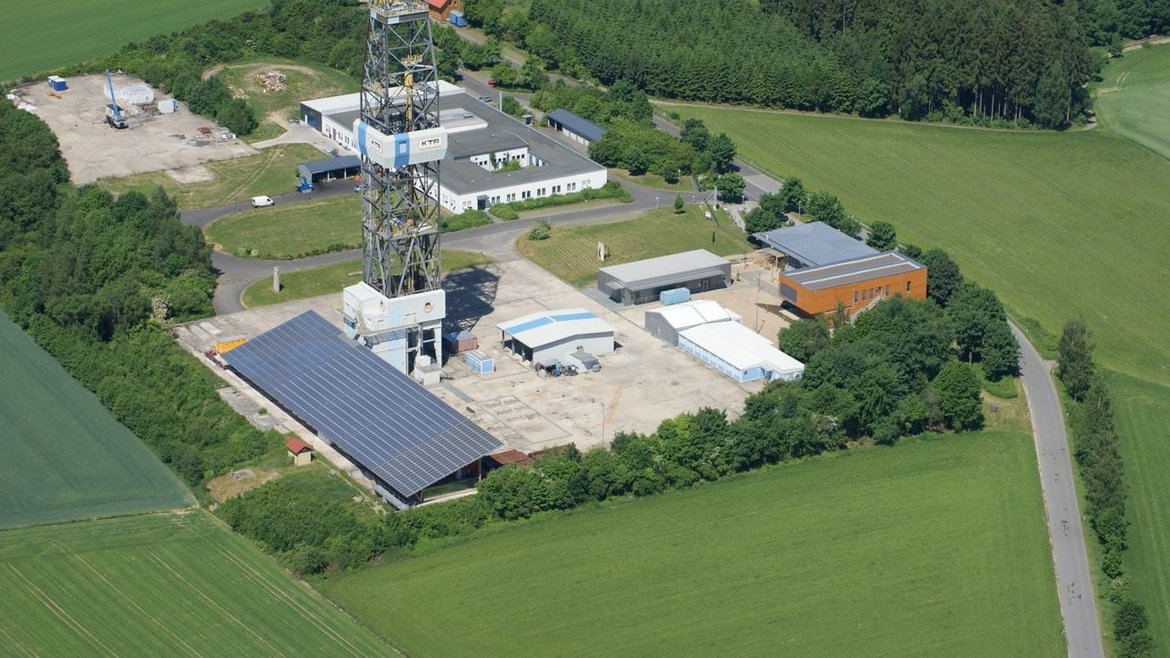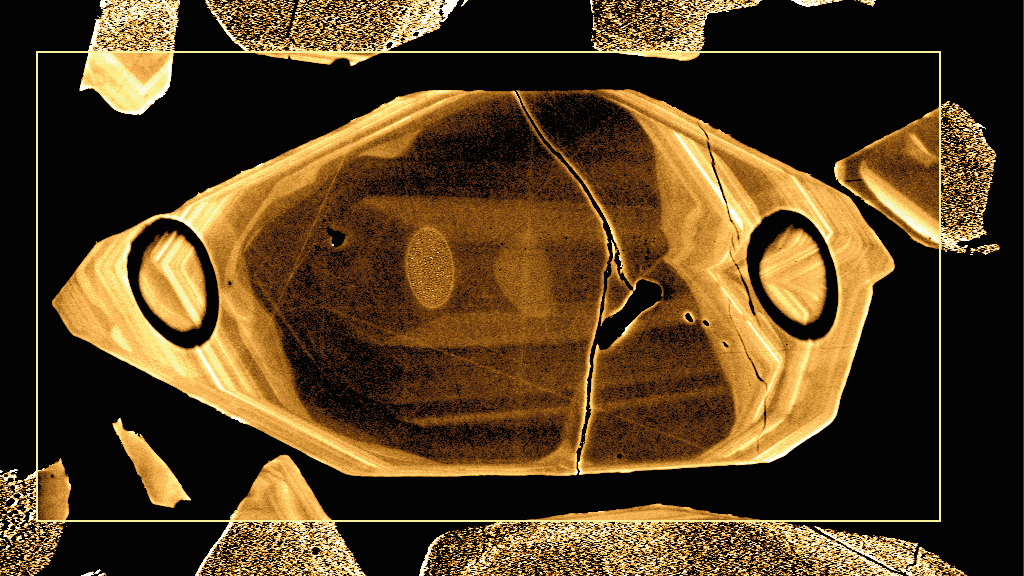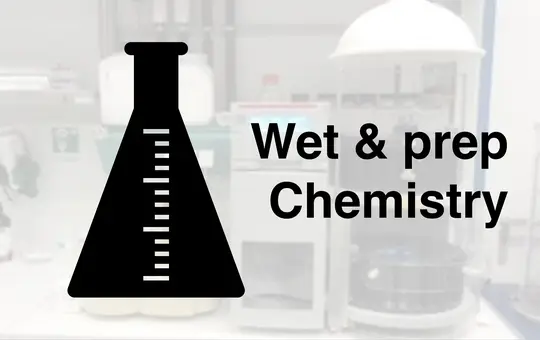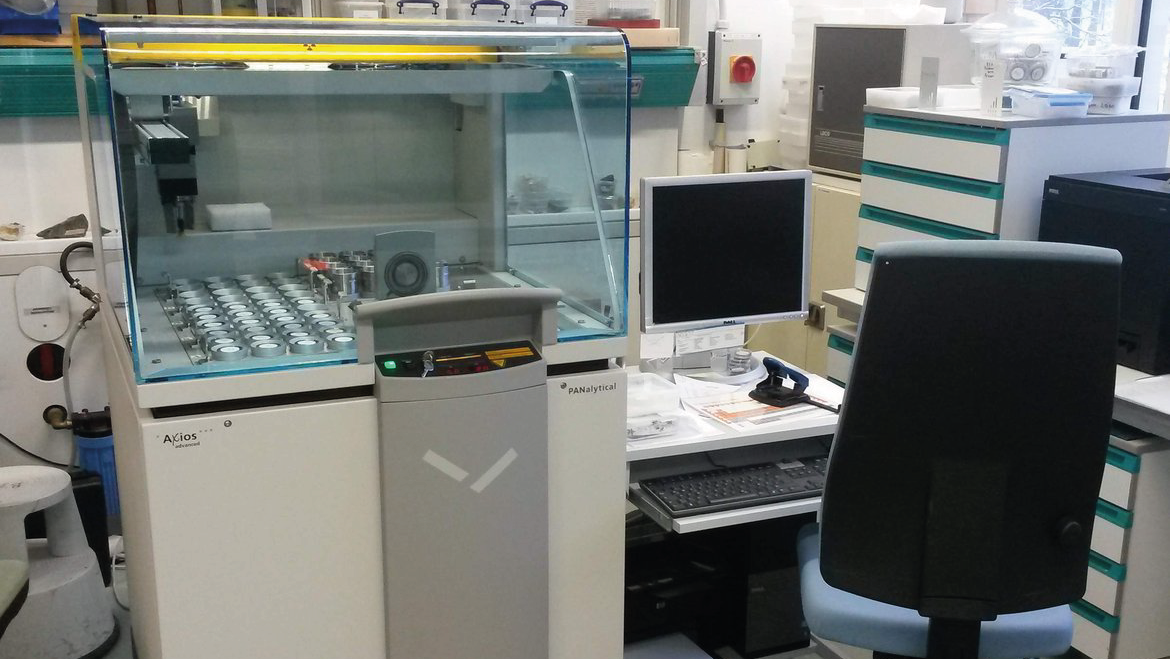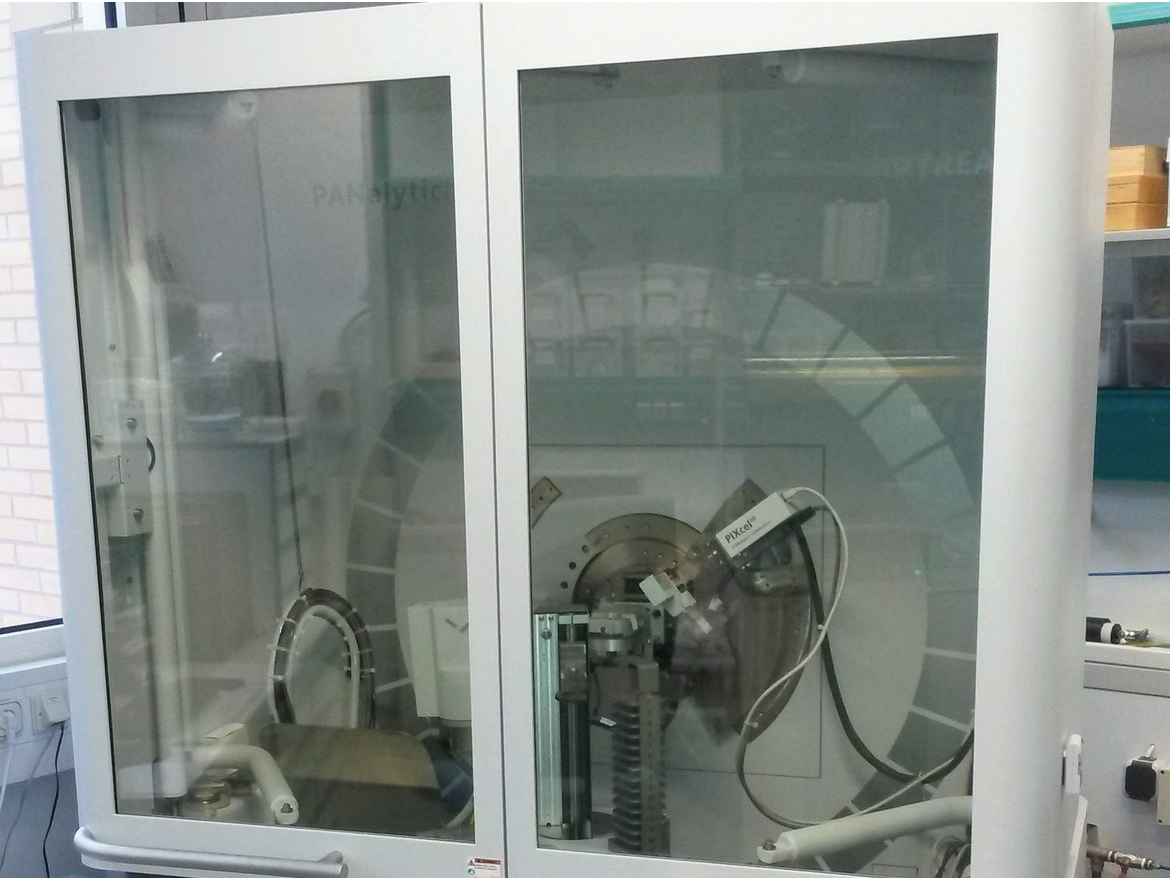Search filter
Clear filters
-
- GFZ
- Department 2 Geophysics
- Section 2.2 Geophysical Imaging
- Department 3 Geochemistry
- Section 3.1 Inorganic and Isotope Geochemistry
- Section 3.2 Organic and Earth Surface Geochemistry
- Section 3.3 Geomicrobiology
- Section 3.4 Fluid Systems Modelling
- Section 3.5 Interface Geochemistry
- Department 4 Geosystems
- Section 4.2 Geomechanics and Scientific Drilling
- Section 4.3 Geoenergy
- Section 4.6 Geomorphology
-
- Borehole Geopysics
- Geochemistry
- Geochronology
- Geodesy and Gravity
- Geoenergy
- Geology
- Geophysics
- Geothermal Energy
- Global Change
- Hydrogeology
- Hydrology
- Magnetotellurics
- Mineral Physics
- Mineralogy
- Natural Hazards
- Organic Geochemistry
- Paleoclimate
- Petrology
- Rock Mechanics
- Sedimentology
- Seismology
- Volcanology
- Laboratory Keywords
- Analytical Methods
- Secondary Ion Mass Spectrometry
- In Situ/Laboratory Instruments
- Bioanalytical Methods
- Incubation
- Interdisciplinary
- Biology/Ecosystems Science
- Biogeochemistry
- Geomicrobiology
- Chemical Meters/Analyzers
- Carbon Analysis
- Elemental Analysis
- Gas Chromatography
- Gas Chromatography Flame Ionization Detection
- High Performance Liquid Chromatography
- Ion Chromatography
- Liquid Chromatography
- Liquid Chromatography Organic Carbon Detection
- Medium Pressure Liquid Chromatography
- Pyrolysis Gas Chromatography
- Pyrolysis Gas Chromatography Flame Ionization Detection
- Total Organic Carbon Analysis
- Community-related Keywords
- Trace Element Analyses
- Electrochemical Techniques
- Electrical Conductivity Measurement
- Oxygen Concentration Measurement
- Redox Potential Measurement
- pH Measurement
- Electron Diffraction
- Electron Backscatter Diffraction
- Geomorphology
- Geodynamics
- Petrophysics
- BSE and SE Imaging
- Binocular Microscope
- Density Measurement
- Depth Profiling
- Element Distribution Maps
- Geo.X Joint Lab
- High Resolution Sector Field Inductively Coupled Plasma Mass Spectrometer
- Hydrogenation
- Imaging
- Isotopic Analysis
- Laser Ablation Split Stream (LASS)-ICP-MS
- Mineral Characterization
- Noble Gas Analysis
- Particle Search
- Petrographic Microscope
- Radioisotope Tracer Study
- Sonic Velocity
- Stereo Microscope
- Thermophysical Properties
- UV Femtosecond Laser Ablation
- XRF Spectroscopy
- ³He and ²¹Ne Exposure Dating
- δD
- δ¹³C
- δ¹⁵N
- δ¹⁷O
- δ¹⁸O
- Material Properties
- Pycnometry
- Surface Area Analysis
- Thermal Conductivity Measurement
- Viscosimetry
- Zeta-Potential Measurement
- Other Laboratory Instruments
- Particle Analysis
- Paleogeosciences
- Paleogeoscience
- Photon/Optical Detectors
- Cathodoluminescence Microscopy
- Fluorescence Microscopy
- Focused Ion Beam Scanning Electron Microscopy
- Liquid Phase Transmission Electron Microscopy
- Microscopy
- Optical Microscopy
- Photometry
- Polarization Microscopy
- Reflected Light Microscopy
- Scanning Electron Microscopy
- Transmission Electron Microscopy
- Transmitted Light Microscopy
- UV-VIS Spectrophotometry
- Probes
- Electron Microprobe Analysis
- Reactors
- Mineral Synthesis
- Sample Preparation
- Accelerated Solvent Extraction
- Acid Digestion
- Alkali-Fusion
- Automated Solid Phase Extraction
- Coating
- Crushing
- Desulfurization
- Drying
- Fast Solvent Extraction
- Filtration
- Fusion
- Grinding
- Leaching
- Microtomy
- Microwave Acid Digestion
- Milling
- Mineral Separation
- Polishing
- Preparation Tephra Glass Shards
- Preparation of Thin and Polished Sections
- Separation Saturated/Unsaturated Hydrocarbons
- Sieving
- Solid-Phase Extraction
- Soxhlet Extraction
- Sputtering
- Spectrometers/Radiometers
- Atmospheric Pressure Chemical Ionization
- Atmospheric Pressure Photoionization
- Brillouin Spectroscopy
- Cavity Ring Down Spectroscopy
- Electron Ionization
- Electrospray Ionization
- Elemental Analyzer Isotope Ratio Mass Spectrometry
- Fourier Transform Infrared Spectroscopy
- Fourier Transform Ion Cyclotron Resonance Mass Spectrometry
- Gas Chromatography Flame Ionization Detector Mass Spectrometry
- Gas Chromatography Isotope Ratio Mass Spectrometry
- Gas Chromatography Mass Spectrometry
- Gas Chromatography Time-of-Flight Mass Spectrometry
- High Performance Liquid Chromatography Mass Spectrometry
- Inductively Coupled Plasma Atomic Emission Spectroscopy
- Inductively Coupled Plasma Mass Spectrometry
- Isotope Ratio Mass Spectrometry
- Laser Ablation Inductively Coupled Plasma Mass Spectrometry
- Mass Spectrometry
- Matrix-Assisted Laser Desorption/Ionization
- Multicollector Inductively Coupled Plasma Mass Spectrometry
- Optical Spectroscopy
- Pyrolysis Gas Chromatography Mass Spectrometry
- Raman Spectroscopy
- Thermal Ionization Mass Spectrometry
- X-Ray Fluorescence Spectroscopy
- Thermoanalytical Methods
- Differential Scanning Calorimetry
- Differential Thermal Analysis
- Pyrolysis
- Thermal Desorption Pyrolysis
- Thermogravimetric Analysis
- Thermovaporization
- X-Ray/Gamma Ray Detectors
- Energy Dispersive Analysis of X-Ray
- Wavelength Dispersive X-Ray Spectroscopy
- X-Ray Powder Diffraction
Geochemistry
CLEAR Lab "The Color of the Earth's Mantle"
Within the research group CLEAR we endeavor to understand large scale geological processes that operate deep inside planets. Our approach is to recreate high pressure-temperature conditions in the laboratory and examine various physical properties o…
ElMiE-Lab - Elements and Minerals of the Earth Laboratory
The ElMiE Lab is a research-oriented facility and part of the Helmholtz center in Potsdam. The ElMiE - Lab offers the sample preparation and analyses of geological or environmental inorganic samples for element concentrations and mineralogy of inorg…
HELGES – Clean Laboratory for Cosmogenic Nuclides
Within HELGES, we have more than 100 m² of clean lab space is available for separation of meteoric and terrestrial cosmogenic nuclides. We prepare wide-ranging sample substrates for meteoric cosmogenic nuclides (e.g. rocks, sediments, soils, river w…
HELGES – Clean Laboratory for Stable Metal(loid) Isotopes
Within HELGES we have a ISO 6 metal-free clean laboratory, dedicated entirely to blank-sensitive metal(loid) geochemistry. Numerous ISO 4 laminar flow hoods are available for the preparation of wide-ranging sample substrates for non-traditional stab…
HELGES – Element 2 | High Resolution Inductively Coupled Plasma Mass Spectrometry (ICP-MS)
The Thermo Scientific Element 2 is a highly sensitive, high-resolution sector field inductively coupled plasma mass spectrometer. Perform accurate and reliable quantitative multi-element analyses at trace level, with the highest sensitivity and with…
HELGES – Helmholtz-Laboratory for the Geochemistry of the Earth Surface
In the HELGES Laboratory, sample preparation and measurements of cosmogenic nuclides (¹⁰Be, ²⁶Al) and stable isotopes of metals and metalloids (currently Li, Mg, Si, Fe, Sr, B) in geological and environmental sample materials, such as sediments, roc…
HELGES – Neptune | Multicollector Inductively Coupled Plasma Mass Spectrometry (MC-ICP-MS)
The main application of the Neptune MC-ICP-MS mass spectrometer is the analysis of stable and radiogenic isotope ratios of elements purified from a wide range of geological materials, including rocks, soils, plants, waters, and more. We have establi…
HELGES – Varian & Spectro | Inductively Coupled Plasma Optical Emission Spectrometer (ICP-OES)
The ICP-OES (Inductively Coupled Plasma Optical Emission Spectrometer) allows simultaneous detection and quantification of most elements in solutions at concentrations ranging from a few ng/g (ppb) to hundreds of µg/g (ppm). We analyse a wide select…
HELGES – iCAP Q | Quadrupole Inductively Coupled Plasma Mass Spectrometry (Q-ICP-MS)
To analyse element concentrations in a wide range of materials two Q-ICP-MS (iCAP Q by Thermo) are available. Samples can be analyses as solutions (e.g. water samples or rocks after acid-dissolution). Alternatively, a femtosecond laser ablation syst…
HELGOM - Helmholtz Laboratories for the Geochemistry of Organic Materials
In the Organic-geochemical Laboratories both biotic and abiotic transformation processes of sedimentary organic matter from shallow to deep, young to old, terrestrial to marine, and from molecular to basin scales are investigated.
The Organic-geoch…
KTB - German Continental Scientific Deep Drilling Programme In Windischeschenbach, Germany (Kontinentale Tiefbohrung)
The Continental Deep Drilling Program of Germany (in German: Kontinentales Tiefbohrprogramm der Bundesrepublik Deutschland, abbreviated as KTB) was a scientific drilling project near the town of Windischeschenbach, Bavaria. The KTB Depth Laboratory …
PISA – FEI Tecnai Transmission Electron Microscopy Laboratory (TEM)
The Transmission Electron Microscopy TEM laboratory is a state-of-the-art facility equipped with a FEI Tecnai G2 F20 X-Twin transmission electron microscope and a FEI FIB200TEM Focused Ion Beam device for specimen preparation. The laboratory provide…
PISA – Liquid Phase-(Scanning) Transmission Electron Microscopy (LP-(S)TEM)
Liquid Phase-(Scanning) Transmission Electron Microscopy (LP-(S)TEM) allows in situ observations of the dynamic behaviour of materials in liquids, with both high spatial resolution and temporal resolution. In LP-(S)TEM, the liquid cell is mounted at…
PISA – Potsdam Imaging and Spectral Analysis Facility
The PISA facility combines the state-of-the-art imaging and spectral technologies for all kinds of research applications. It consists of a range of electron microscopes with various detectors including EBSD and EDS, and optical microscopes.
High-re…
PISA – ZEISS Ultra Plus Scanning Electron Microscope (SEM)
The Field Emission-Scanning Electron Microscope of the Zeiss Ultra Plus allows you to capture, analyze and supplement high-resolution images to get total information out of your sample. The complete detection system of the Ultra Plus combines a high…
SMARTIES - Supercritical fluids and MAgma Reconnaissance for Transformative Iceland Energy Solutions
Recognizing that the exploration and harnessing of magmatic and geothermal reservoirs involves many disciplines, the mission of “SMARTIES” is to implement a long-term observatory facility together with episodic field experiments for defining, testin…
Stable Isotope Laboratory for Sediments and Water
In the laboratories for stable isotopes in sediments and water, the isotope ratios of the light elements nitrogen (N), carbon (C) and oxygen (O) in continental geoarchives such as lake sediments and speleothems as well as oxygen (O) and hydrogen (H)…
